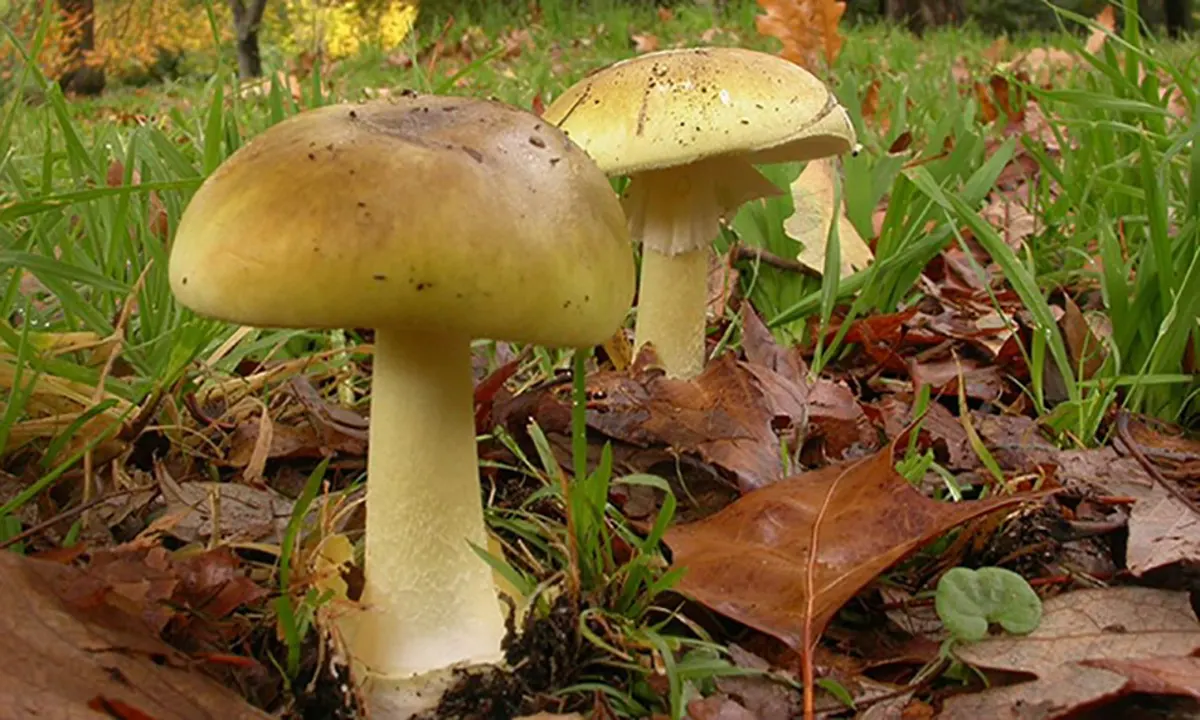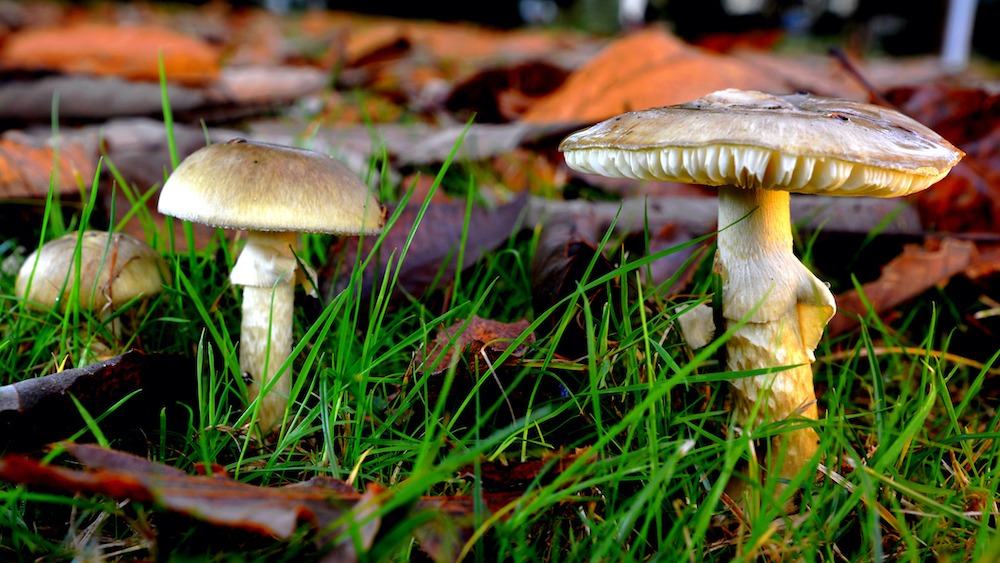The “death cap” mushroom earns its ominous nickname for good reason—it ranks among the deadliest fungi globally. Consuming just half of its cap can lead to liver failure, potentially fatal without prompt medical intervention.
Tracking mushroom poisonings accurately proves challenging, but experts estimate they cause approximately 10,000 illnesses and 100 deaths annually worldwide. Until recently, effective treatments for death cap poisonings were scarce, lacking a proven antidote.
However, a breakthrough published in Nature Communications by Chinese and Australian scientists unveils a potential antidote for death cap mushroom poisoning—a readily available drug already FDA-approved.
While the research has shown effectiveness in mice, its implications are profound, offering hope not only for death cap poisoning but also for numerous toxic mushroom species globally.
Mistaken mushroom identity often underlies poisonings. Despite health warnings, most mushrooms are harmless. Marin Brewer, a mycologist at the University of Georgia, notes, “the vast majority are completely innocuous,” with only a small fraction being either gourmet edibles or poisonous.
The innocuous appearance of the death cap, resembling edible varieties like the paddy straw, confuses foragers, especially in regions where lookalikes abound but the lethal variety exists. Immigrants are particularly vulnerable, mistaking local mushrooms for familiar species from their homelands.
The death cap mushroom, Amanita phalloides, stands out among lethal fungi.

Alongside other “lethal amanitas,” it contains α-amanitin (AMA), a toxin targeting liver and kidney cells by halting protein synthesis, causing severe gastrointestinal distress, dehydration, and potentially death.
Current treatments for death cap poisonings are limited. Options include high doses of penicillin G or silibinin from the milk thistle plant, still undergoing FDA trials. In severe cases, liver transplants may be necessary.
The discovery of a potential antidote emerged unexpectedly. Researchers identified the drug ICG, used since 1956 in eye disease diagnostics, as a candidate by targeting the STT3B gene involved in AMA toxicity.
Administered post-poisoning in mice, ICG significantly protected liver function and improved survival rates from 20% to 50%.
While promising, human trials are essential to confirm ICG’s efficacy. Challenges include ethical constraints in testing antidotes on poisoned individuals directly.
Looking ahead, Anne Pringle, a mycologist at the University of Wisconsin, believes ICG could potentially treat poisonings from various mushroom species globally, not just death caps.
She emphasizes the drug’s broad applicability across lethal Amanitas worldwide, underscoring the importance of understanding regional fungal biodiversity to prevent accidental poisonings during foraging.
For those venturing into mushroom foraging, Brewer advises caution, recommending guidance from experts or local mushroom clubs. When in doubt, she stresses, “throw it out. Don’t ever risk it.”
